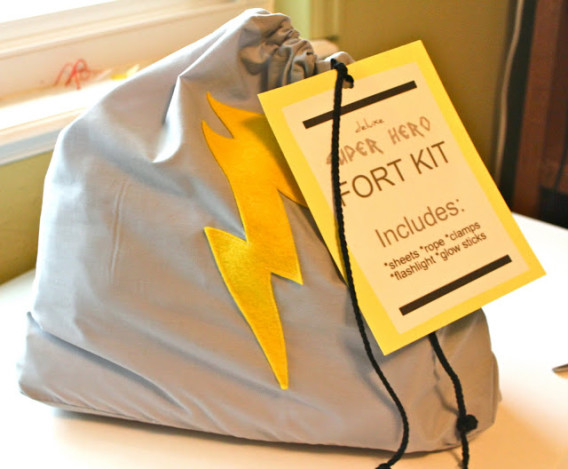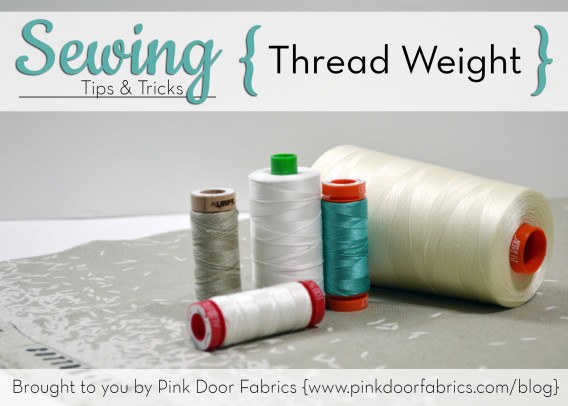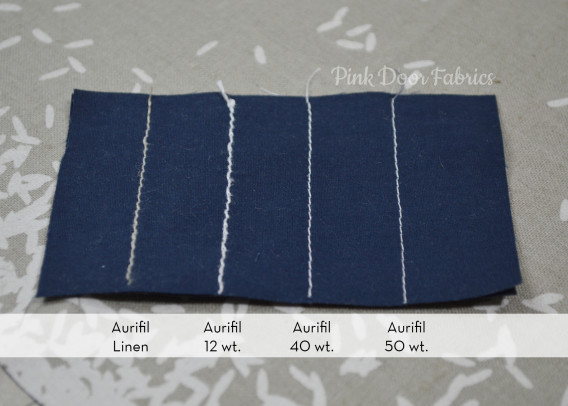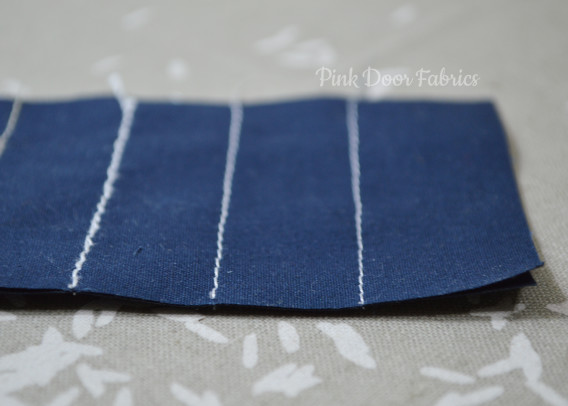Let me start off by saying, I don’t have boys. I have two precious little girls who prefer all manner of pink and purple and glitter and sparkle. My youngest girl is pretty tomboy and not afraid of anything! I have to admit – I’m not the most girly-girl so I’m sometimes a little envious of the moms who can sew for boys. There is a market for boys’ items (albeit, smaller) and it’s amazing! There are tutorials and patterns, everywhere! I am compiling some of my favorite “sewing for boys” tutorials and patterns here, and I will mention, even my girls were quite excited about some of these! I’m quite excited about this Sewing for Boys post! Here we go!
1. Collapsible Play Tent
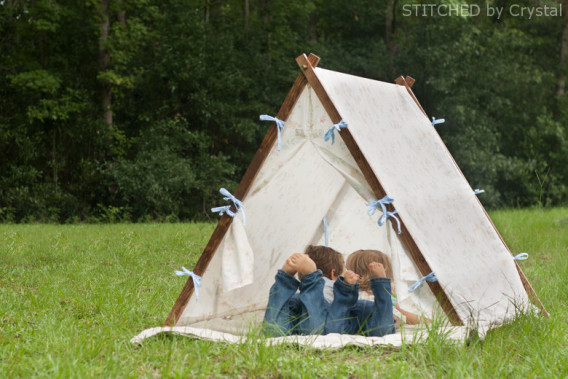 Is this not the most amazing tent!? I kind of want one for myself! You can find the tutorial to create your own little wonderland for your mini-me’s at Make It Love It.
Is this not the most amazing tent!? I kind of want one for myself! You can find the tutorial to create your own little wonderland for your mini-me’s at Make It Love It.
2. Super Hero Fort Kit
If your little guy (or girl) would prefer to build their own tent, this is perfect! You give them all the supplies, tucked neatly into a customized bag, and let them build it themselves! This really is a great skill, and a lot of fun for everyone! You can find the info at Meg + Andy! Sewing for boys is looking more and more fun!
3. Sleeping Bag, while we’re camping and all…
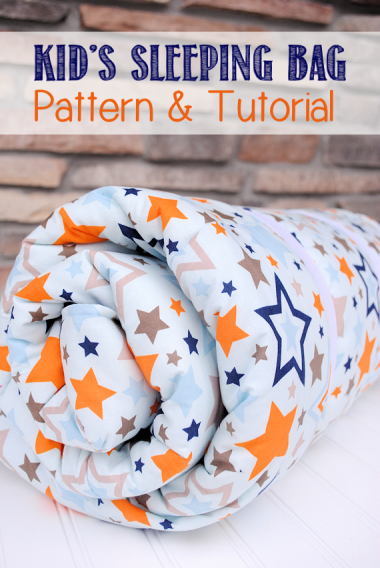
Since we’ve discussed two ways of making tents, and with summer coming up, I figured I’d add in a tutorial for a kid size sleeping bag! Again, this works for boys and girls, and can be customized any way you’d like! You could even use flat bed sheets for the fabric, too! I think I’ll be adding this to my sewing list for the summer. Find out how to make your own at Crazy Little Projects!
4. Toy Campfire, because when camping, you need S’mores!
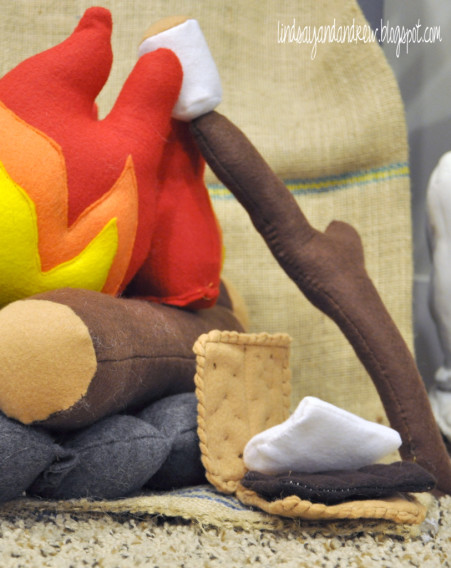 Apparently, I’m following a theme here, and maybe considering making ALL of these for my girls. Also, I’ve never had S’mores. Can you believe that?! I think it’s a childhood tradition that everyone should enjoy, or pretend to enjoy. 😉 There’s nothing better than family around a campfire!
Apparently, I’m following a theme here, and maybe considering making ALL of these for my girls. Also, I’ve never had S’mores. Can you believe that?! I think it’s a childhood tradition that everyone should enjoy, or pretend to enjoy. 😉 There’s nothing better than family around a campfire!
5. Magnetic Fishing Pole and Fish
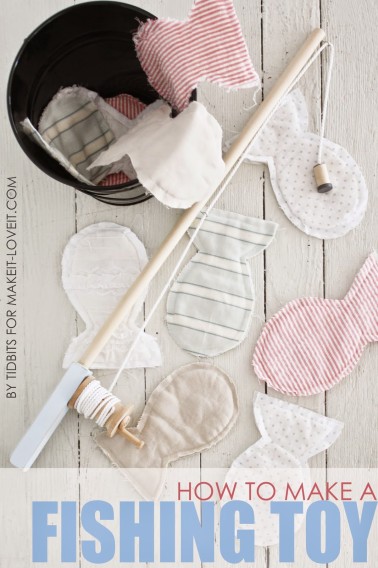 I took my girls fishing for the first time last summer, but they’ve played with fishing poles before. Nothing this cute, but practicing with a real one (missing the hooks). They really enjoyed going fishing and screaming and splashing and learning about patience. However, after waiting and waiting for fish to bite, they lost interest pretty quickly. I think this fishing set would help rekindle their love for fishing, especially since they’ll catch a whole lot of fish! This is just one of many great projects found in sewing for boys, and they all look like fun!
I took my girls fishing for the first time last summer, but they’ve played with fishing poles before. Nothing this cute, but practicing with a real one (missing the hooks). They really enjoyed going fishing and screaming and splashing and learning about patience. However, after waiting and waiting for fish to bite, they lost interest pretty quickly. I think this fishing set would help rekindle their love for fishing, especially since they’ll catch a whole lot of fish! This is just one of many great projects found in sewing for boys, and they all look like fun!
6. Tool Belt
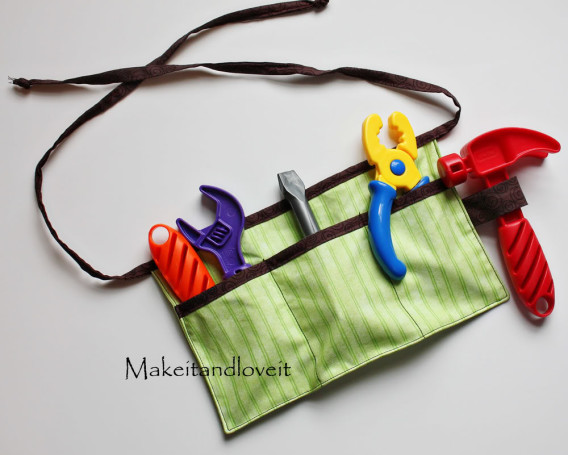 I’m a firm believer that ALL children should learn to fix things. Starting small of course, but being self-sufficient is HUGE as they get older. Providing kids with their own tools now will further their curiosity of the world around them, and encourage them to ask questions, learn to diagnose and fix, and increase problem solving skills. I’ve made this tool belt for both my girls and they use them all the time, pretending to fix anything that catches their eye!
I’m a firm believer that ALL children should learn to fix things. Starting small of course, but being self-sufficient is HUGE as they get older. Providing kids with their own tools now will further their curiosity of the world around them, and encourage them to ask questions, learn to diagnose and fix, and increase problem solving skills. I’ve made this tool belt for both my girls and they use them all the time, pretending to fix anything that catches their eye!
7. A backpack to carry everything in!
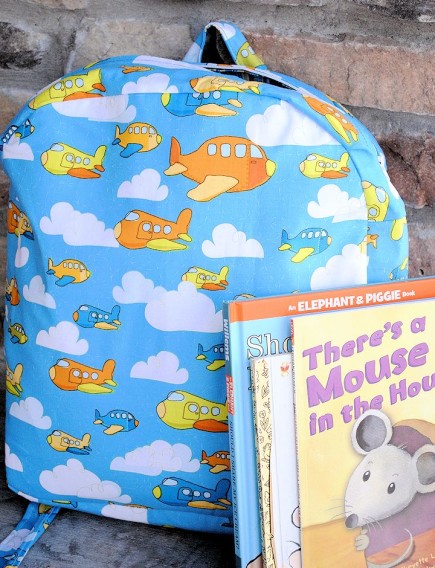 I have a couple pack-rats around here and there’s no shortage of backpacks and purses and lunch bags and reusable grocery bags filled to the brim with all the “must-haves!” I think this tutorial is perfect for making your own toddler/kid sized backpack for your pack-rats. 😉
I have a couple pack-rats around here and there’s no shortage of backpacks and purses and lunch bags and reusable grocery bags filled to the brim with all the “must-haves!” I think this tutorial is perfect for making your own toddler/kid sized backpack for your pack-rats. 😉
See? Sewing for boys doesn’t have to be limited to ties and crayon roll-ups, and car holders. There’s a whole untapped world out there! Get creative!
Post what you make on Instagram using #sewingwithpinkdoor for a chance to win $25 to our shop to purchase anything you need to create for your children, whether they be boys OR girls!







